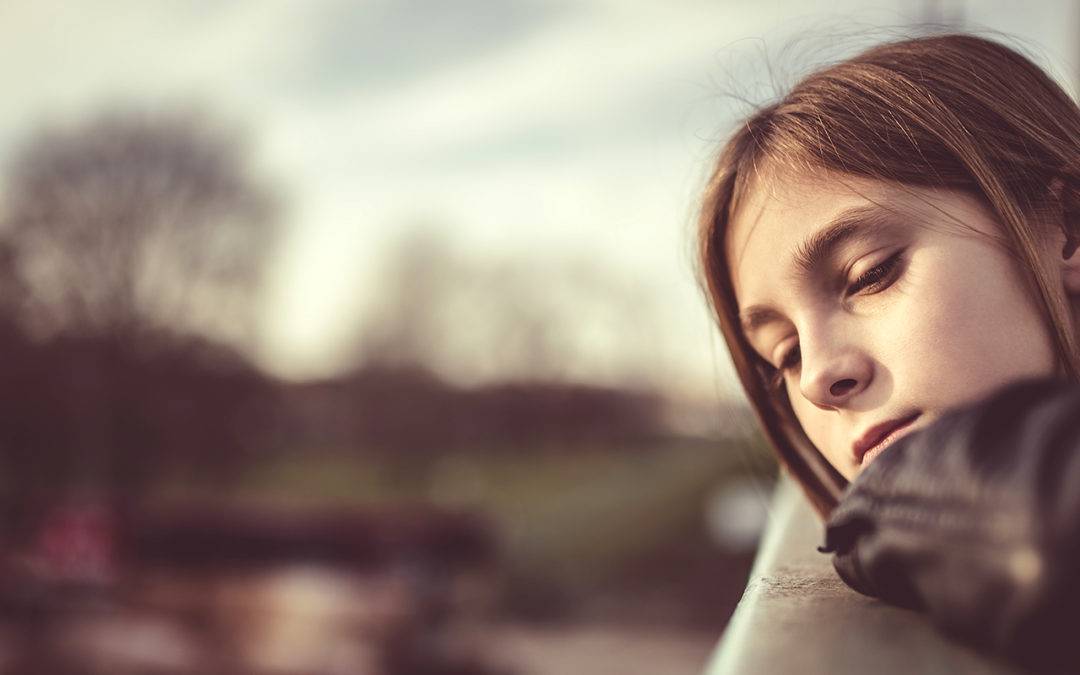What is anxiety and how does it manifest itself?
Anyone of us in life has experienced, albeit with different sensations and at different times, a deep sense of inadequacy in managing events or problems and has perceived the fear that they were too difficult to overcome. It is important to emphasize that feeling anxiety is a normal and physiological phenomenon, as it is a biological mechanism of response to new or unexpected events that happen to us. However, when the state of anxiety persists over time and does not disappear, or becomes recurrent in our life, a real disorder is generated.
Anxiety affects both children and adolescents more and more, manifesting itself in various forms: from panic attacks, to social phobia and isolation, to chronic fatigue and attention disorders, causing not only psychological but also somatic.
What are the causes?
There is no single cause but a plurality of factors such as the predisposition of each subject, life experiences and the surrounding environment. High levels of anxiety can be associated with a busy lifestyle that makes us feel overwhelmed by countless school, social and family commitments. Our body is thus exposed to numerous daily stresses and is not always able to adapt and find its natural balance.
Scientific studies have reported that anxiety is the most common disorder in developmental age and the discomforts developed in this phase can often be reflected in adulthood.
How to recognize it?
Childhood is, by its nature, characterized by certain fears, anxieties, and phobias : of monsters, of the dark, of being left alone or with a new babysitter, of starting school, and so on. As children grow up, they overcome these fears but may develop others, such as fear of failing an exam or feeling embarrassed when questioned in class.
These types of emotions do not necessarily represent an anxiety disorder but when they become frequent or paralyzing or interfere with the child’s life they can generate real discomfort that impacts the normal growth path.
While adults expressly communicate their recurring discomfort and negative thoughts, children express their emotions by somatizing them through abdominal pain, nausea, vomiting, headache, or by developing behavioral changes characterized by irritability, decreased ability to remain alert or focused. on a specific task, restlessness and sleep disturbances.
Adolescents, in particular, have a more fragile emotional balance due to their inexperience and greater vulnerability. Every year the number of children and adolescents suffering from sleep disorders, depression, school anxieties, headaches, nervousness, hyperactivity increases.
The discomfort of the child or adolescent will affect the relationship with the parent , his or her social relationships and school progress. In fact, one of the most significant symptoms of anxiety states is the refusal to go to school, for example to avoid taking an exam or being questioned.
What can we do in these cases?
Once a state of constant malaise has been recognized in the child or adolescent, in relation to the family or school environment in which they live, it is necessary resort to specialists (pediatricians, child neuropsychiatrists, psychologists), in order to correctly identify the problem in progress and consequently choose the most appropriate support therapies to restore psychophysical well-being.
Psychological support such as cognitive behavioral therapy (CBT) has been shown to be very effective in treating anxiety disorders in children and adolescents.
Another valuable aid for managing the effects of anxiety states can be provided by phytotherapy either alone in mild or moderate cases or as a complement to psychotherapy or other medical therapies.
What is herbal medicine and how does it work?
Phytotherapy is the medical discipline that uses medicinal plants and their preparations for therapeutic purposes (Biagi et al., 2016). Each medicinal plant has more pharmacological effects than the single action of the synthetic drug, interacting with different organs and systems of our body. Furthermore, phytotherapeutic preparations have been developed to be well tolerated and used in more fragile patients such as children and the elderly.
What therapeutic solutions does phytotherapy suggest for the state of anxiety?
Many plants can be used in the state of anxiety, by virtue of the different manifestation of this in terms of expression of the symptoms that characterize it. Let’s see some of the most important.
References
- Anxiety and Stress Disorders – Harvard Health Publishing, Harvard Institutes of Medicine (2019)
- Wehry AM, et al. Assessment and Treatment of Anxiety Disorders in Children and Adolescents. Curr Psychiatry Rep .; 17 (7): 591 (2015)
- Trompetter I, et al. Herbal triplet in treatment of nervous agitation in children. Wien Med Wochenschr. 163: 52–57 (2013)

